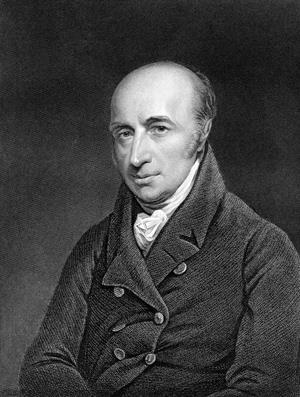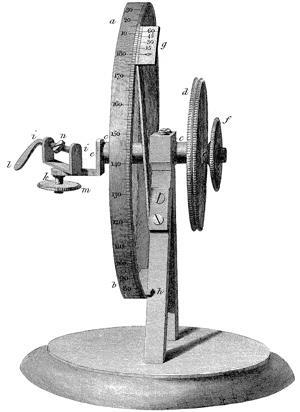It is better to travel than to arrive
I recently went to northern Italy to make a radio programme about the impact of climate change on the Alps. In the small town of Biella, I visited a breathtaking archive of mountain photographs taken by a very distant relation of mine, Vittorio Sella, who captured the Alps in exquisite detail.

After showing me the photographs, Vittorio’s great-grandson, Lodovico, mentioned another Sella, Quintino, Vittorio’s uncle. Quintino was a mineralogist whose devotion to the cause of Italian unification caused him to go into politics and, over a century on, is still remembered by many Italians as the only half-decent finance minister the country ever had. Imagine my delight when Lodovico handed me Quintino’s undergraduate notes: pages and pages covered with neat and extremely legible script describing a huge variety of crystals. Each entry – native silver, albite, aragonite, lead tungstate and many more – was accompanied by a carefully labelled sketch, and for some, even a table of angles.
Flipping through the pages, marvelling at their neatness and detail, I felt witness to the dawning of a love affair between a young man and the mysterious beauty of the stones he was sketching, a mystery that had persisted for thousands of years.
The earliest treatise on rocks and minerals is Theophrastus of Eresus’ De Lapidibus (On stones) that dates from 300BC. Though it describes the appearance and lore of stones and was the standard reference for hundreds of years, it takes an almost entirely qualitative approach.
Quantitative investigation did not begin until 2000 years later, with a craze for measuring the angles between crystal faces. Johannes Kepler did snowflakes. Isaac Newton and Christiaan Huygens chose Iceland spar. Nicholas Steno noted that the angles in quartz seemed constant between crystals of different sizes, and the astronomer and medic Domenico Guglielmini used a microscope to make similar observations for salts.
But the angles themselves seemed rather random.
In his quest to categorise everything in the natural world, Carl Linnaeus also attempted crystals. His was a heroic failure, but one that inspired a retired army officer, Jean Baptiste Romé de L’Isle, to relate the shape of a crystal to an underlying polyhedral framework. As a teaching aid, he asked his assistant, Arnould Carangeot to make a set of plaster models, for which Carangeot used what he called a goniomètre to measure the angles – two straight edges, one fixed and one movable, mounted on a graduated circle like a protractor. You placed the crystal flat on the fixed edge and swung the alidade round to sit flat on another face – the angle was measured from the scale. But for small crystals, of the kind made by chemists, the contact goniometer wasn’t much use.

William Hyde Wollaston was a brilliant English polymath, who had made a fortune by inventing a secret method to purify platinum and cast it into ingots. He worked across a wide range of science, always totally alone. A brilliant chemical analyst, he identified two impurities in his crude platinum: palladium and rhodium; he also provided key experimental support for John Dalton’s atomic theory. He designed lenses, observed the dark lines in the solar spectrum long before Gustav Kirchhoff, studied heat and tried to build an electric motor with Humphry Davy.
Wollaston had the ingenious idea of using crystal faces as mirrors to measure the angles between them. A crystal was stuck with wax to a cradle mounted on a vertical spindle. This was in turn attached to the horizontal axle of a much larger circle, graduated in degrees and equipped with a Vernier scale. After adjusting the orientation of the crystal with the vertical wheel to ensure that the light of a candle was reflected from each surface in turn, the main circle was set to zero with one surface bright, and then rotated until the second surface shone. It made possible the measurement of smaller and less perfect crystals, and by separating the movement of the crystals along two perpendicular directions, Wollaston had invented a precursor to the modern diffractometer.
Turning the pages of Quintino’s books, I was struck by the pains that he took in preparing his faultless notes and drawings. It cannot have been ‘fun’; to modern eyes, it seems an almost turgid exercise. Yet he acquired such confidence with the geometry of crystals that William Miller, whose indices of crystal geometry many students dread, rewrote two chapters of his textbook to accommodate Quintino’s more intuitive method. Eventually Quintino would go into politics. It’s a reminder that sometimes you never know where learning facts, or going on a trip, will take you.
Andrea Sella (@Sellathechemist) teaches chemistry at University College London, UK












No comments yet